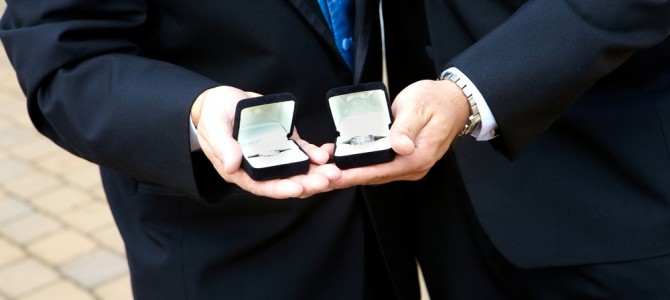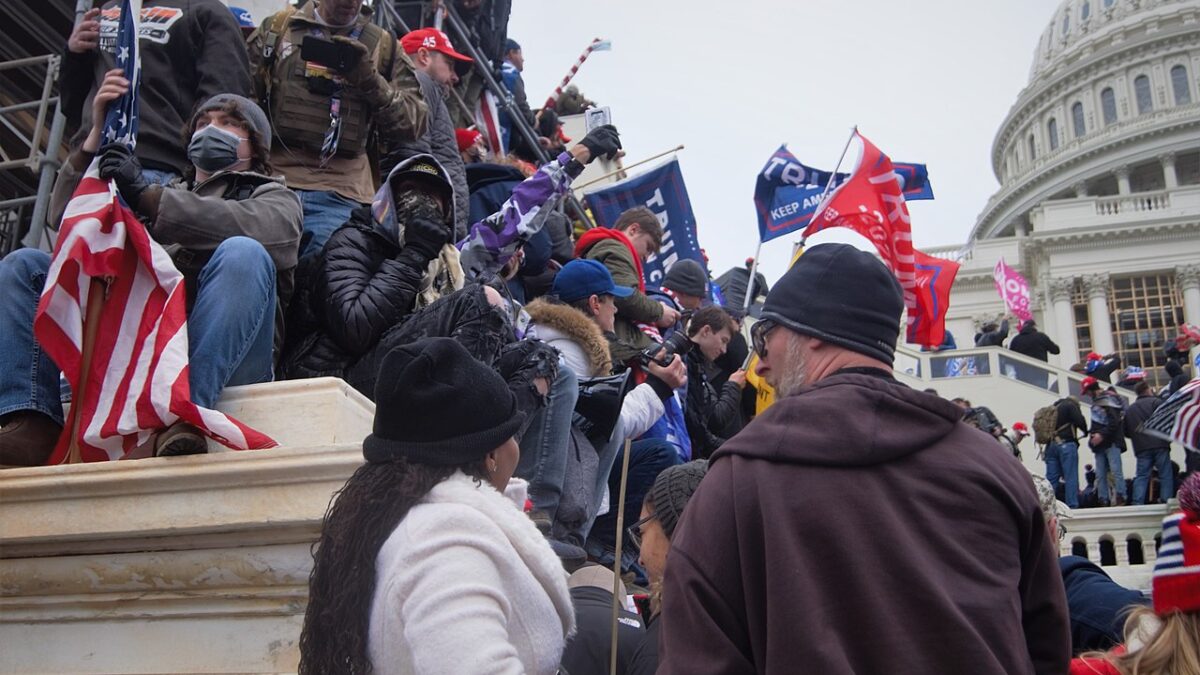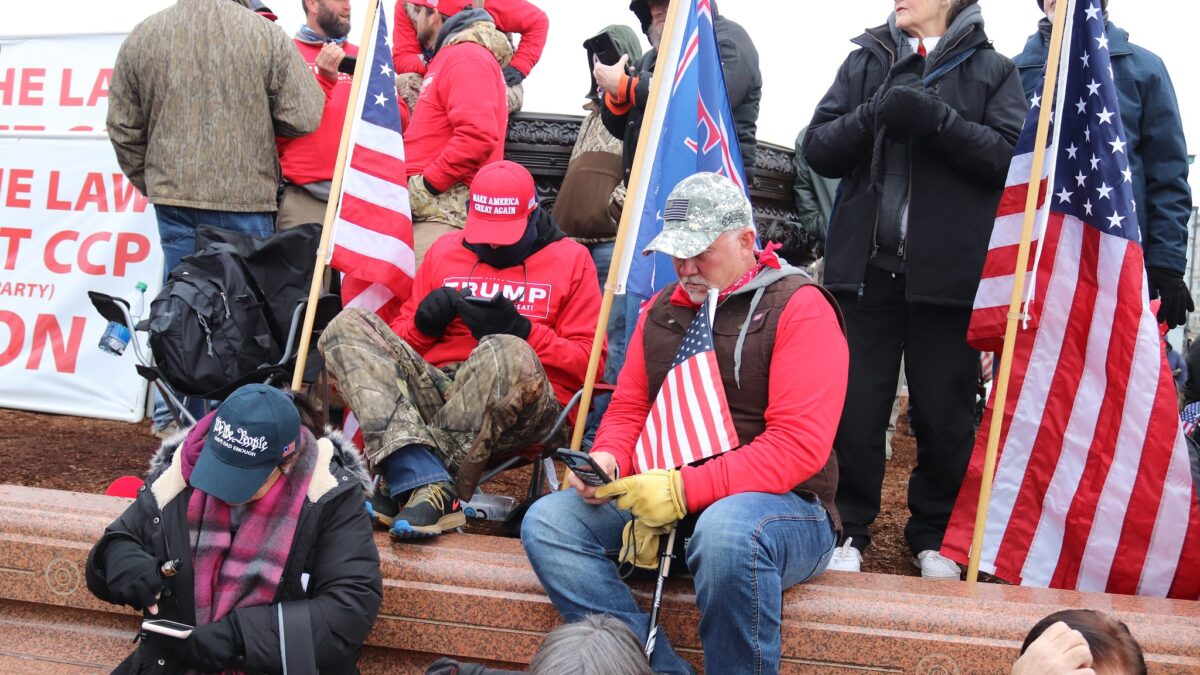
Review of “Speak Now: Marriage Equality on Trial—The Story of Hollingsworth v. Perry,” by Kenji Yoshino. Crown Publishers (2015), $26.
As its title suggests, “Speak Now” opens with a wedding—namely, the 2009 union of author Kenji Yoshino (who is a professor of constitutional law at New York University) to his longtime partner, Ron Stoneham. On the opposite coast, a battle was simultaneously unfolding over the controversial Proposition 8 ballot measure, which amended the California constitution to define “marriage” as exclusively between one man and one woman. The resulting federal constitutional challenge to Prop 8 united legendary litigators David Boies and Theodore Olson (former rivals in 2000’s Bush v. Gore Supreme Court case), pitting them against conservative law firm Cooper and Kirk in a historic cultural clash.
Yoshino argues for the lasting significance of Hollingsworth, even after the Court’s decision in United States v. Windsor stole the spotlight by invalidating the federal Defense of Marriage Act in 2013. Whereas Windsor turned mainly on abstract issues of constitutional theory and interpretation of Supreme Court precedents, Hollingsworth began with an elaborate fact-finding about the justifications behind Prop 8.
“Speak Now” focuses on this first stage of the case: the high-profile trial before California District Judge Vaughn Walker. Yoshino has a journalist’s eye for detail, and vividly draws his protagonists on both sides. He describes Olson as “a golden retriever with a genius IQ,” and Chuck Cooper, Prop 8’s legal defender, is “a Southern gentleman lawyer sent from Central Casting.” Yet “Speak Now’s” primary contribution is its effort to distill thousands of court transcripts into a story centered on the trial’s main arguments. The heart of the book is a play-by-play of Walker’s evaluation of the arguments for and against same-sex marriage, a spectacle that sometimes seems more reminiscent of a debate contest than a typical court proceeding.
Gay Marriage’s Effects on Children and Marriage
Early on, Judge Walker laid out several fact-based tests for gay-rights activists asserting unfair treatment under the Fourteenth Amendment’s Equal Protection Clause: proof of a history of discrimination, immutability of a group characteristic, and political powerlessness. Walker requested evidence supporting the state’s justifications for establishing Prop 8, and these standards formed the backbone of the trial that followed.
The Prop 8 challengers made effective use of wide-ranging testimony from various “experts.” Seventeen experts, many of them professors, testified in favor of invalidating Prop 8, with only two defending the measure. Yale history professor George Chauncey traced the history of laws criminalizing same-sex sexual conduct and labeling gays and lesbians as irredeemably deviant. Psychology professor Gregory Herek explained the futility of gay “conversion therapy” in light of research on sexual orientation, and Stanford University political scientist Gary Segura testified to the broad entrenchment of traditional marriage via ballot initiatives.
In turn, Prop 8’s defenders built their case around two major justifications: the idea that heterosexual parenting provides optimal conditions for child-rearing, and the claim that same-sex marriage will lead to the “deinstitutionalization” of traditional marriage—the notion that expanding the definition of marriage will destabilize the practice as a whole. To rebut the first claim, Prop 8’s challengers called to the stand University of Cambridge professor Michael Lamb, who argued that children raised by gay and lesbian parents were equally well adjusted as those brought up by heterosexual parents.
The “deinstitutionalization” argument was leveled by the star witness for Prop 8’s defenders, David Blankenhorn of the Institute for American Values. Blankenhorn viewed same-sex marriage as simply the next in a series of social disruptions, including no-fault divorce, cohabitation, children born outside of marriage, and so forth. The slippery-slope predictions of Blankenhorn and other social conservatives were seemingly vindicated last year when a federal judge in Utah struck down part of a law against polygamy, citing precedents on same-sex marriage.
On the witness stand, however, Blankenhorn faced a devastating cross-examination from trial lawyer Boies. Boies systematically probed whether the researchers Blankenhorn cited actually concurred with Blankenhorn’s presentation of their claims. He managed to establish that Blankenhorn’s projections about the effects of same-sex marriage emerged not from empirical data or observation, but merely from a session of brainstorming possible consequences on whiteboards.
Gay Marriage Opponents Just Hate Gay People
When Prop 8’s proponents failed to establish a sound rationale for the law, Walker wrote in an opinion Yoshino calls “electrifying” that all that remained was animus, or a “bare desire to harm” gay and lesbian individuals. Therefore, according to Walker, no “rational basis in singling out gay men and lesbians for denial of a marriage license” could exist. The question of whether marriage must possess an intrinsically procreative dimension—an argument advanced by Princeton professor Robert George and others—wasn’t addressed in depth.
Yoshino is a virtually uncritical supporter not only of Walker’s verdict, but also of this mode of inquiry. “I think of the trial,” he writes, “as a truth-finding mechanism whose results can then be brought into the public sphere.” This view of the legal process is uncommonly optimistic. One is left wondering, however, whether (as “Speak Now” suggests) success is actually linked to the merits of one’s cause, and not simply a result of skillful lawyering and a sympathetic judiciary. If Prop 8’s challengers had a different legal team, or if a different judge had weighed the claims presented (Walker was later criticized for not disclosing his own same-sex relationship), might Hollingsworth’s outcome have been different?
The book’s guiding assumption—that trial-type inquisitorial analysis will inevitably uncover truth, in ways the democratic process cannot—is never examined in depth. Nor does Yoshino engage seriously with the argument that lawsuits may be less likely to achieve the same public legitimacy as victories won through legislation, especially when judges effectively label social conservatives bigots. As a chronicle of the march of progress, “Speak Now” rarely has time for such reflection.
The story loses some of its momentum when it enters its discussion of post-trial appellate review in the wake of Walker’s decision. To some degree this is inevitable, given the case’s relatively anticlimactic resolution: the Supreme Court ruled in 2013 that Prop 8’s defenders lacked the necessary standing to bring suit, thus leaving undisturbed the lower court’s decision striking down Prop 8. The fate of other states’ same-sex marriage bans remains an open question.
Although Hollingsworth was eventually resolved on arcane procedural grounds, the findings of fact Judge Walker’s opinion articulated bolstered the confidence of gay rights advocates as they shifted from state-by-state challenges to a nationally focused litigation strategy. As the Supreme Court prepares to consider the same-sex marriage question this year in Obergefell v. Hodges , the true test of Hollingsworth’s long-term significance may be yet to come.









